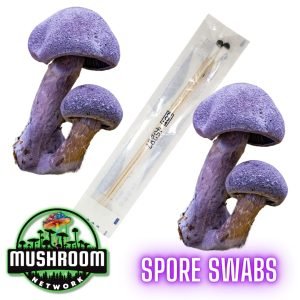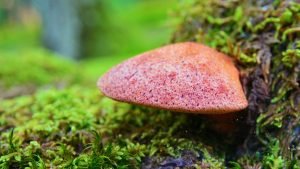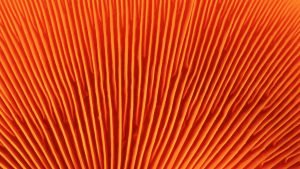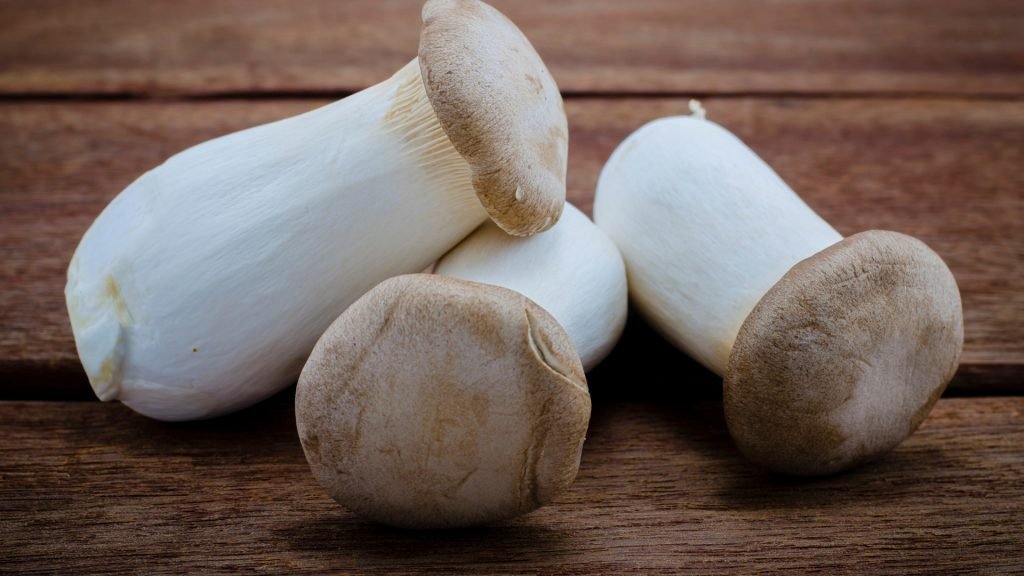Discover the ancient art of mushroom cultivation on logs, a substrate method steeped in tradition and beloved for its sustainability. As nature’s original mycology medium, logs offer a unique path to mushroom mastery.
Diving into log and totem cultivation offers a thrilling and enduring mycological journey. Suitable for the committed beginner ready for a long-term project and the advanced cultivator aiming to replicate nature’s way, this method spans the spectrum of mycological expertise.
INTRODUCTION:
Venture forth on a page that’s as alive as the mycelium it teaches about. As the world of mushroom cultivation evolves, so too will this guide. Herein, we’ll uncover the essentials you’ll need and demystify the process of turning logs into a mycological wonderland.
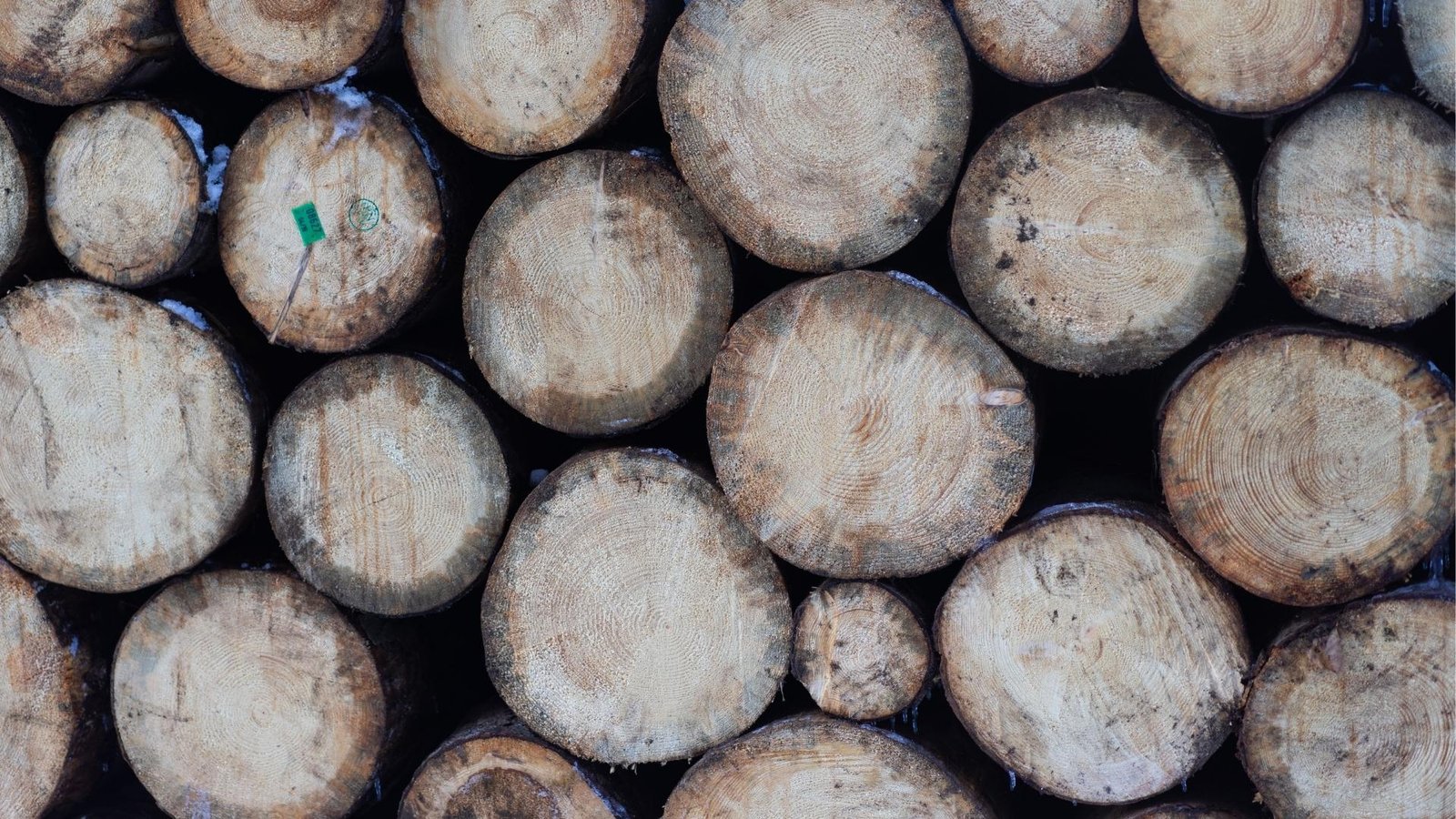
MATERIALS NEEDED:
- Freshly cut hardwood logs (Oak, Maple, or similar)
- Mushroom spawn (typically in the form of dowel plugs or grain)
- Wax (for sealing inoculation points)
- Drill with appropriate-sized bits
- A brush or clean cloth
- Gypsum (optional but aids in balancing pH)
- Large pot (for melting wax)
Logs TEK Quick Reference Chart:
| ITEM | PER LOG (3'-4' FOOT LEGNTH) |
|---|---|
|
Gypsum (optional but aids in balancing pH) |
30-50 plugs |
| Wax | Sufficient to seal all plugs |
| Gypsum | 1-2 tablespoons (optional) |

PROCEDURE:
Log Sourcing:
- Begin by identifying and sourcing hardwood trees that are known to be compatible with the mushroom species you intend to cultivate.
- Examples include oak, maple, or beech.
- Ensure the logs are fresh, ideally harvested no longer than a month prior.
- They should be free from signs of decay, existing fungal growth, or insect infestations.
Hole Drilling:
- Using a drill, create holes spaced evenly around the log.
- The depth should be approximately 1″ inch.
- The spacing typically ranges between 4″ to 6″ inches, but this can be adjusted based on the mushroom species and the log’s diameter.
- The pattern often resembles a cross “X” or diamond grid along the length of the log.
Prepping the Spawn:
- If you opt to enhance your substrate, mix gypsum with your mushroom spawn in a bowl.
- Gypsum can modify pH and improve the structure of the spawn, facilitating healthier mycelium growth.
Inoculation:
- For each hole you’ve drilled, introduce the mushroom spawn. Dowel plugs saturated with the desired fungal culture are commonly used, but in certain scenarios, grain spawn might be preferred.
- Press the spawn or dowel plug into the hole, ensuring it’s snug and at the same level as the log’s surface.
Sealing the Log:
- Heat wax (beeswax or cheese wax are popular choices) in a pot until it’s in a liquid state. Use a brush or cloth to apply the melted wax over each inoculated hole.
- This acts as a protective barrier, safeguarding your culture from competing fungi, insects, and dehydration.
Positioning and Stacking:
- Choose a location with consistent shade and humidity, such as beneath a canopy of trees.
- Here, you can stack your logs, often in a crisscross or “log cabin” pattern. This arrangement retains moisture while also promoting good airflow.
Totem Technique:
- For those keen on maximizing vertical space or trying an alternative method, consider the totem technique.
- Instead of drilling holes, slice your logs into sections and layer them, placing mushroom spawn between each.
- Erect these sections vertically, much like a totem pole.
Remember, each step is integral to the success of your mycological endeavors. The universe of mushrooms is expansive, each variant bearing its own unique charm and characteristics. The Marketplace on the 🍄 Mushroom Network is a testament to this diversity. It is a haven for those seeking a deeper understanding of the magical world of mushrooms. If you’re keen on learning more about this type of mushroom and other mushroom variants, this Marketplace is your ultimate resource.
ADDITIONAL INSIGHTS & TIPS:
Understanding Your Logs: Your choice in logs can be the deciding factor in your cultivation journey. Some mushrooms prefer certain hardwoods over others. For instance, shiitake mushrooms thrive on oak logs, whereas oyster mushrooms can colonize a wider range of hardwoods.
Totem Tactics: Totem cultivation not only maximizes space but can sometimes lead to quicker colonization due to the increased surface area. This method is especially useful for those cultivating in urban or space-restricted environments.
Patience Pays: Logs might test your patience, as they often take longer to show the first signs of fruiting. However, the wait is worth it. A single log can yield multiple flushes of mushrooms over several years, offering a sustainable and long-term cultivation medium.
Moisture Management: Logs are prone to drying out, especially during hotter months. Regularly monitor their moisture levels. If they appear dry, mist them with water, or during prolonged dry spells, consider soaking them in water for a few hours.
Rotation Routine: As your logs progress through the colonization phase, consider rotating them every few months. This encourages even mycelium growth, ensuring that all sides of the log are adequately colonized and have an equal opportunity for fruiting.
Venturing into log and totem cultivation and feel a tad overwhelmed? Dive deep with the 🍄 Mushroom Academy! Our expert-led courses span from the basics to the advanced, ensuring you grasp every nuance of the TEKs. Why not make your log cultivation journey as seamless as the woods from which they came? With the 🍄 Academy by your side, every log and totem will soon be a thriving mycological masterpiece. Whether you’re a beginner eager to learn or an experienced mycologist looking to broaden your knowledge, the 🍄 Academy has something for everyone.
Related Reads:
Substrate for Mycology: A Comprehensive Guide on Using Logs (with a touch of Totems)
Discover the ancient art of mushroom cultivation on logs, a substrate method steeped in tradition...
Read More...
CONCLUSION:
Embarking on your mycological quest with logs and totems is a rewarding journey, and the 🍄Mushroom Network stands firmly beside you at every twist and turn. Whether it’s browsing our rich repository of articles, diving deep into a specialized course at the 🍄 Mushroom Academy, or sourcing top-tier genetics and substrates, we’re your beacon in the world of mycology. Join us, and let’s create mycological magic together!
Don’t forget to check out the 🍄 Mushroom Network’s Marketplace to see what’s available. But hurry, our shelves are constantly evolving, and you wouldn’t want to miss out on this wonderful mushroom. Join our growing network of Patrons, Genetics, and Mycologist Vendors only on the 🍄 Mushroom Network!
Recommended Reads:
Beefsteak Mushroom (Fistulina Hepatica)
Welcome, fungal enthusiasts and curious minds, to an exploration of Fistulina Hepatica, commonly known as...
Read More...Mycological Explorations: The Potency of Psilocybin in Combating Major Depression
Amidst the captivating world of fungi lies the mysteries of psilocybin—a compound found in certain...
Read More...Mushroom for Beginners: Unveiling the Fascinating World of Fungi
Mushroom identification is an art that goes beyond just examining the physical appearance of a...
Read More...The Healing Powers of Black Reishi: Fact or Fiction?
In this comprehensive deep-dive, “The Healing Powers of Black Reishi: Fact or Fiction?” we examine...
Read More...Whoa there, Spore Sport! 🍄 Looks like you’re not logged in yet. Don’t you know what you’re missing? MYCO-CREDITS! Imagine all the fungal fun you could have. It’s like finding a Morel in May and not picking it. Tragic, right? Log In or Become a Myco-Patron and start racking up those credits. It’s more rewarding than finding a mushroom in your backyard! 🌟🏡




